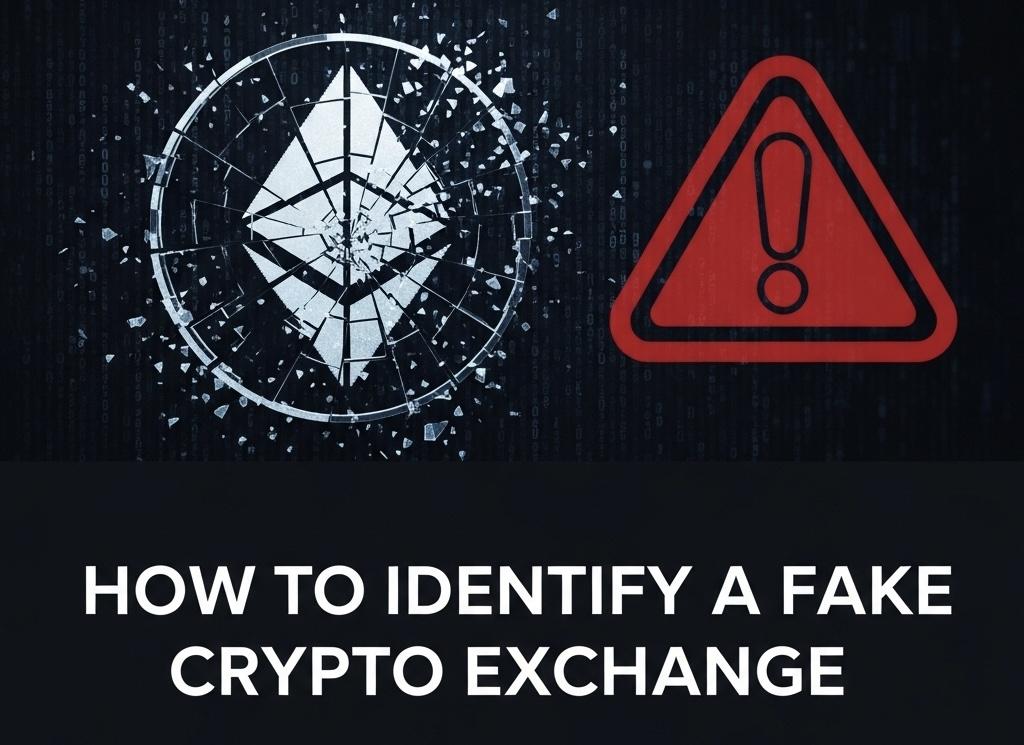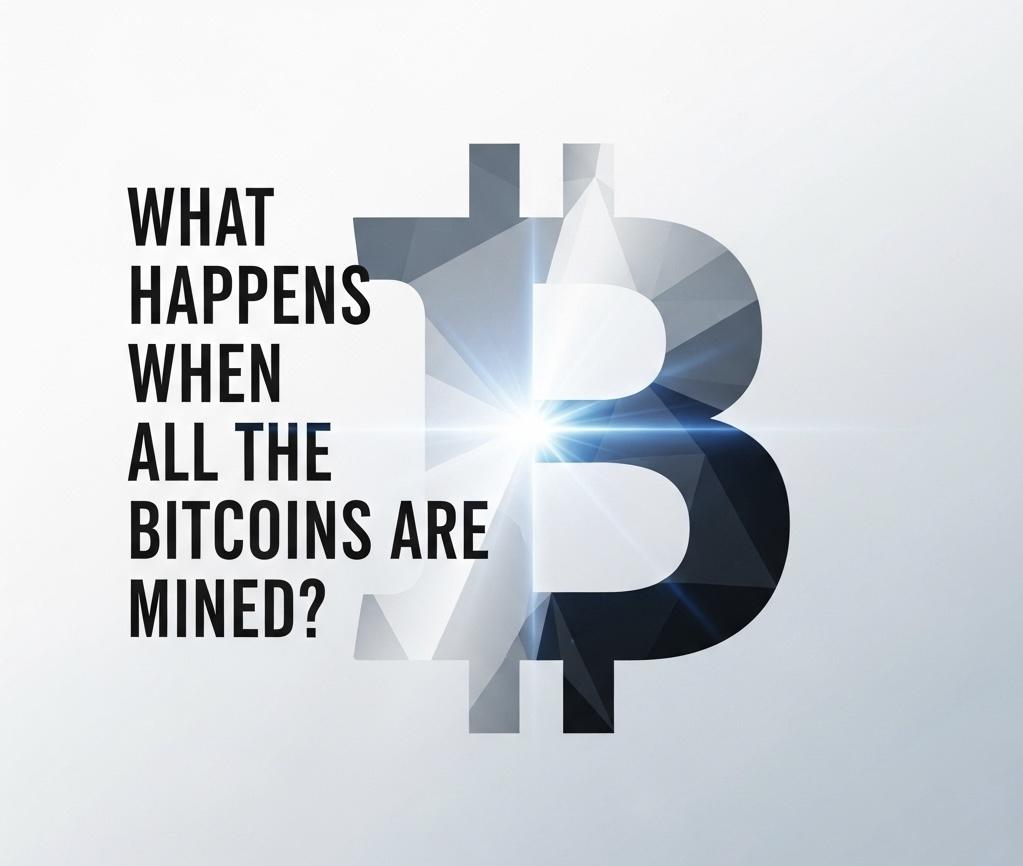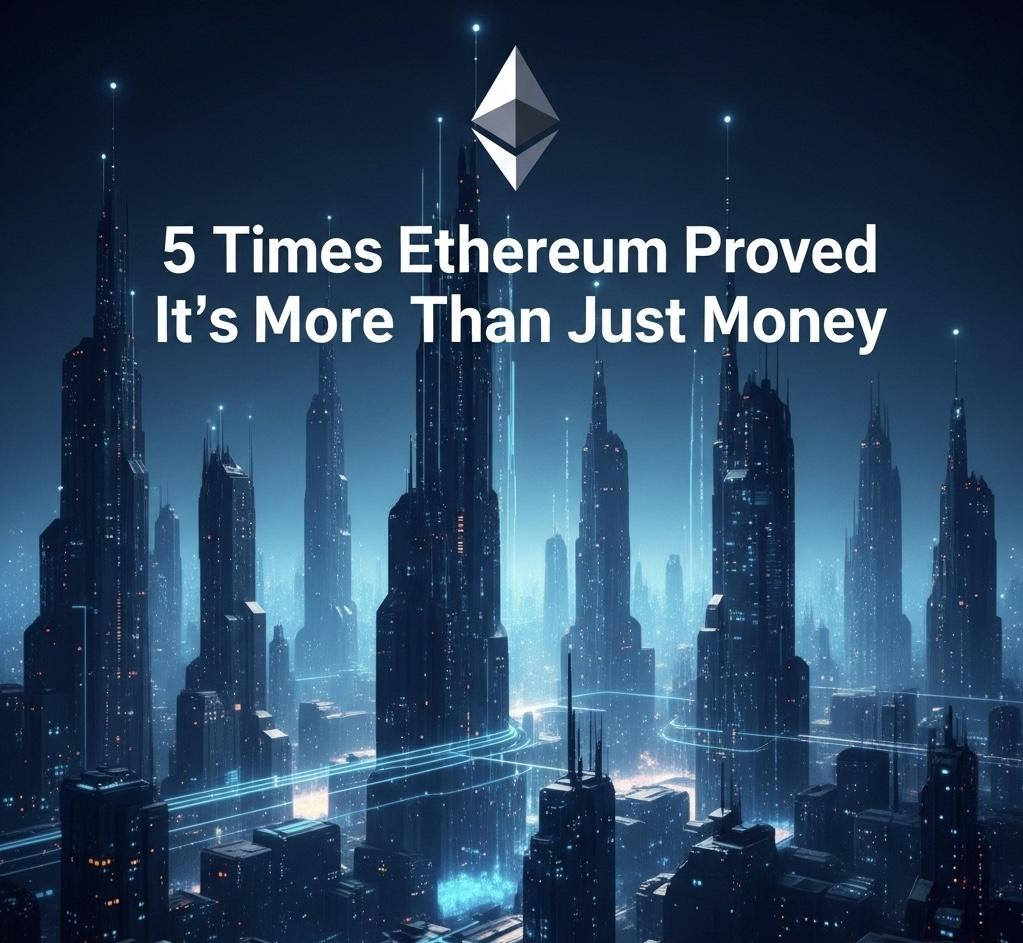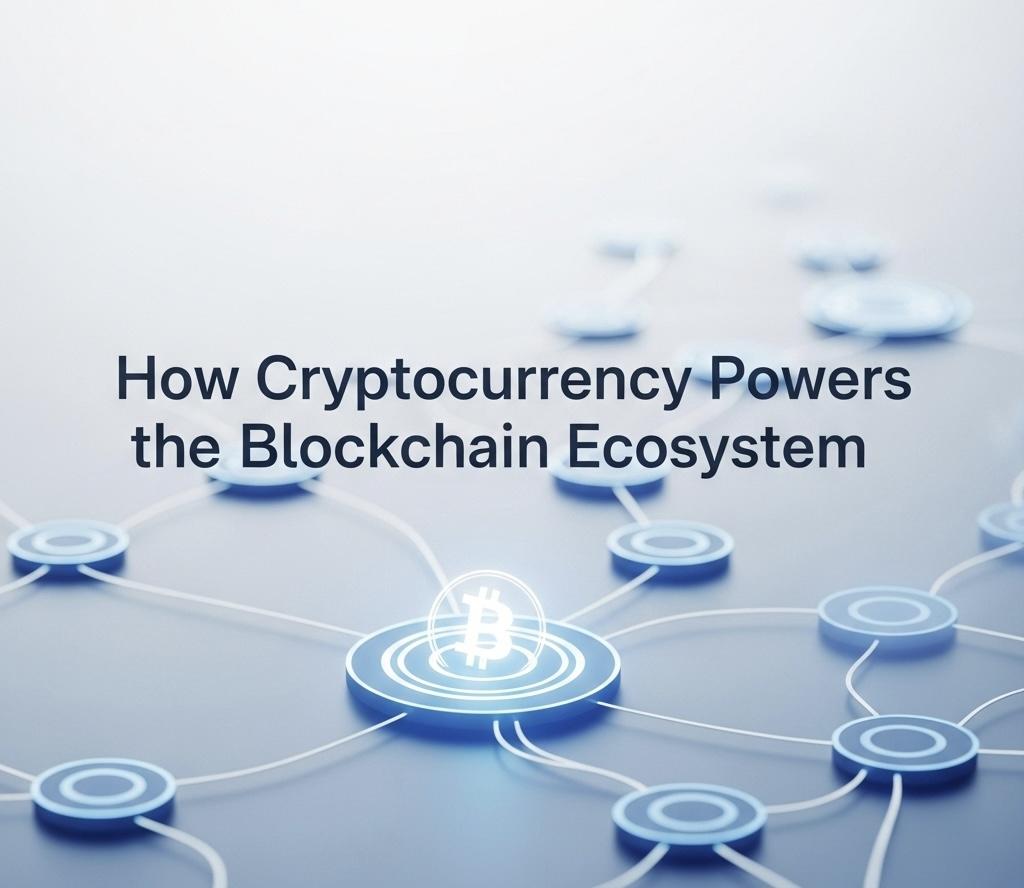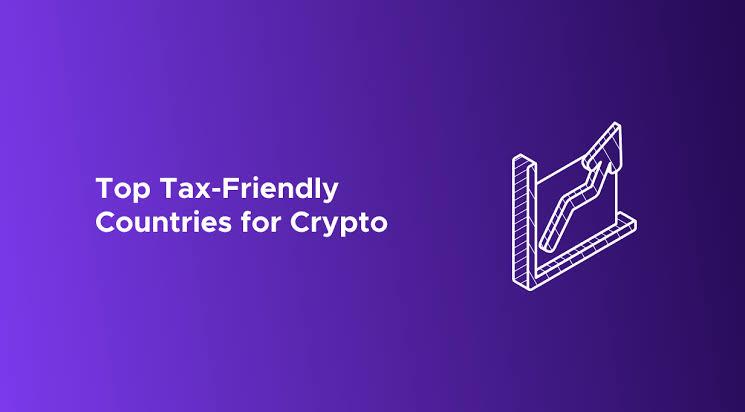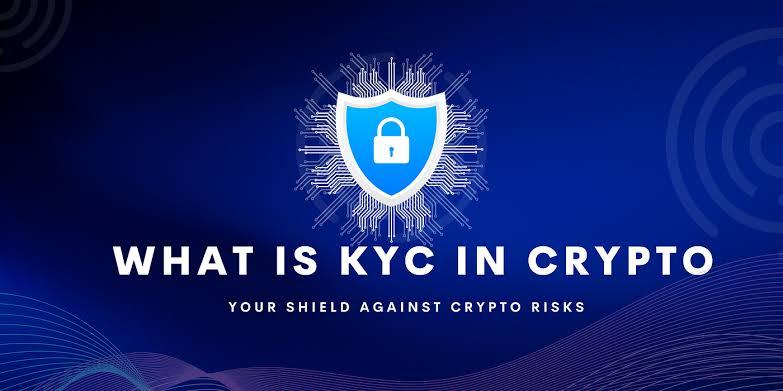Let’s strip away the jargon and break it down in a way that makes sense, even if you're just getting started.
What Is a Blockchain?
At its core, a blockchain is a digital ledger, a record-keeping system that stores data securely and transparently. But unlike traditional databases, blockchains are decentralized, meaning no single person or company controls them. Instead, information is stored across a network of computers called nodes.
Once data is added to the blockchain, it’s almost impossible to change, which makes it incredibly secure and trustworthy.
How It Works: The Blocks and the Chain
Think of a blockchain like a chain made up of blocks, literally.
- Each block contains a batch of data, such as transactions, timestamps, and a reference to the block before it.
- The chain is the result of linking these blocks together in order, forming a permanent and verifiable record of everything that has happened on the network.
So, when someone makes a new transaction (like sending Bitcoin), that transaction is added to a block. Once the block is filled with transactions, it’s added to the chain and it stays there forever.
Who Maintains the Blockchain?
Blockchains are run by a network of participants. These can be:
- Miners (in proof-of-work systems like Bitcoin), who compete to solve complex problems in order to add new blocks.
- Validators (in proof-of-stake systems like Ethereum 2.0), who are chosen to confirm and validate blocks based on how much crypto they stake.
This decentralized process ensures that no one can cheat or manipulate the system. Everyone on the network has a copy of the blockchain, and changes must be verified by the majority.
Why Blockchain Matters
Blockchain technology has several key features that make it revolutionary:
- Transparency: Anyone can view the blockchain. All transactions are public.
- Security: Once data is on the blockchain, it can’t be altered without network-wide agreement.
- Decentralization: No central authority. The power lies with the users.
- Trustless interaction: People can do business without needing to trust each other, the code handles it.
Because of these qualities, blockchain isn’t just about crypto. It’s also being used in supply chains, healthcare, voting systems, gaming, and more.
The blockchain might sound complicated at first, but it’s really just a clever way to store and verify information without needing a middleman. It’s a system built on mathematics, code, and cooperation, and it’s changing the way the world shares value and information.
As we move deeper into the age of decentralization, understanding how the blockchain works isn’t just useful, it’s essential.




